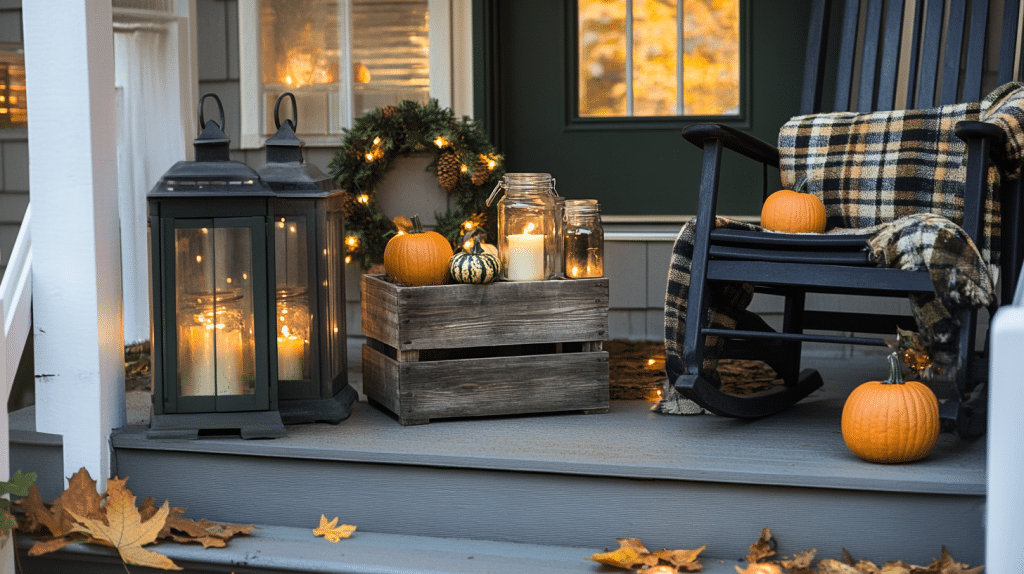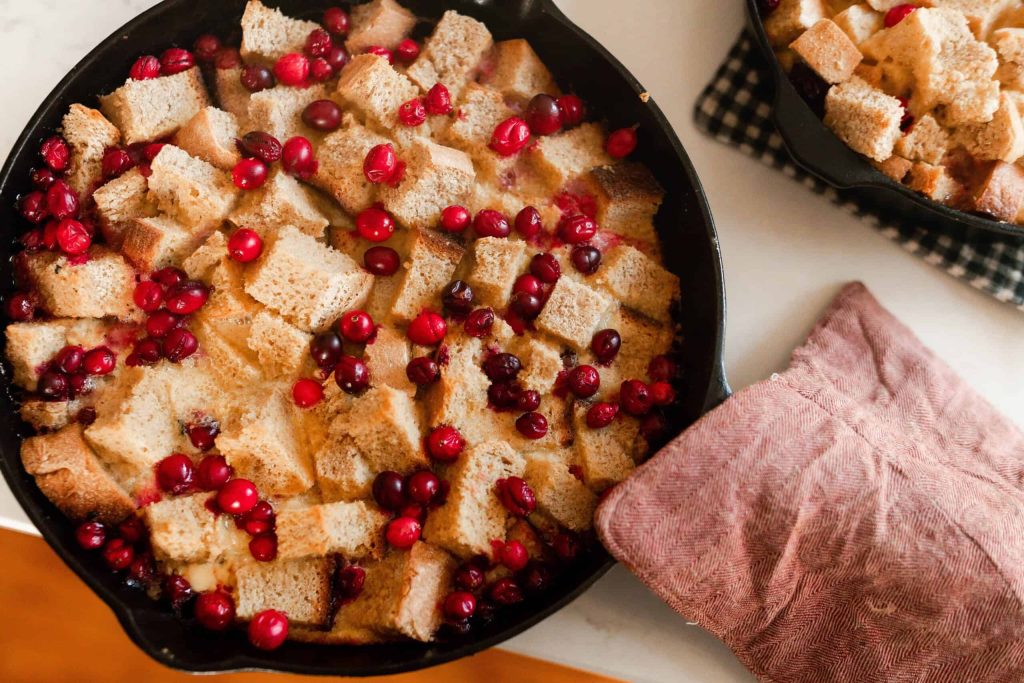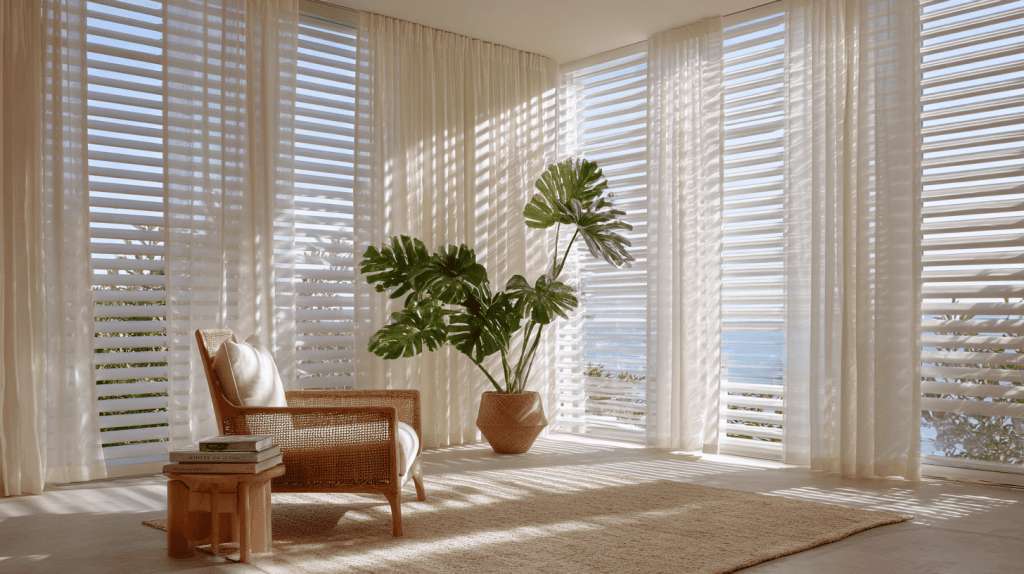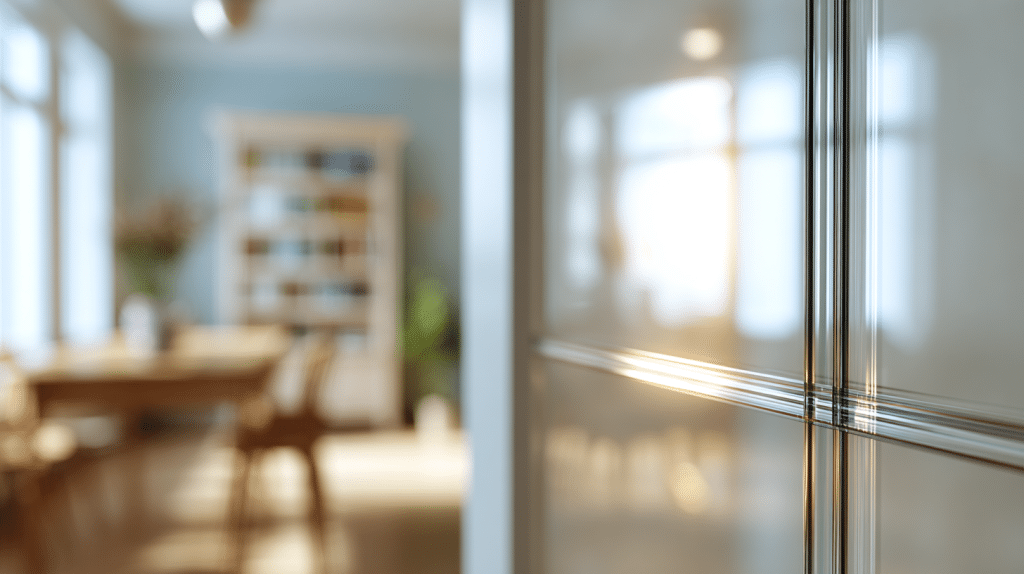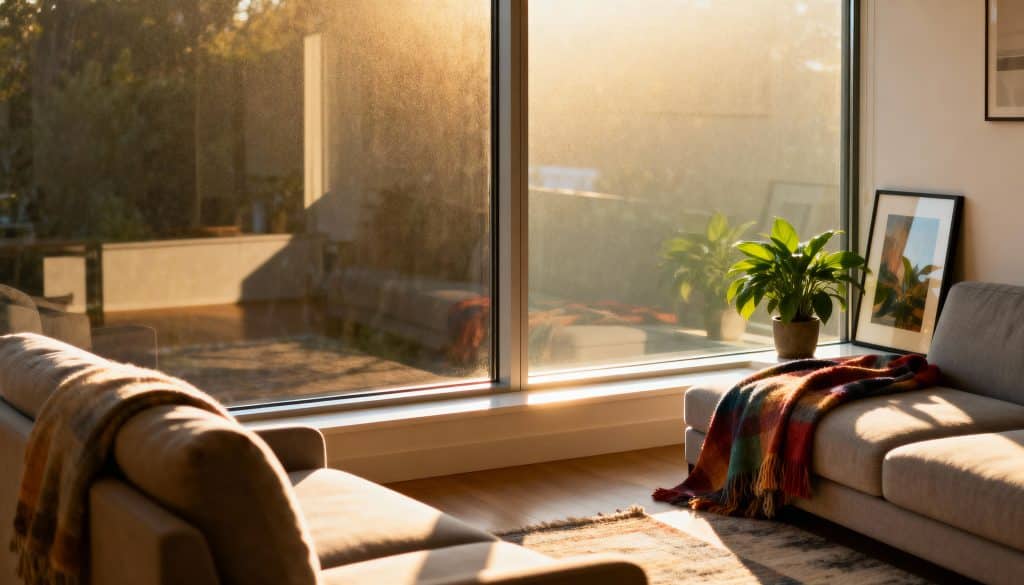Each balcony type offers unique benefits, from Juliet balconies that add charm without taking up space to large wraparound designs that create outdoor rooms.
Choosing the right style for your home means considering safety, building codes, budget, and how you’ll actually use the space. Some homeowners confuse balconies with terraces when planning, which can lead to design mistakes and permit issues.
Let me show you the most popular balcony types and help you pick the safest, most practical option for your home.
Best Balcony Styles for Different Architectural Settings
Balcony styles are not the same for every home. The right choice depends on your house design, materials, and how you want to use the space.
| Style/Material | Description | Considerations (Things to Keep in Mind) |
|---|---|---|
| Traditional | Wooden or iron railings give classic, cottage, or heritage homes a charming look. | Needs regular care; wood can rot and iron may rust without protection. |
| Modern/Contemporary | Glass, steel, or concrete designs create clean lines and bright, open spaces. | Best for city apartments; matches modern, minimal designs. |
| Metal | Strong and durable; fits sleek, simple styles. | It can rust over time; it needs weatherproof coatings. |
| Wood | Warm, natural look that suits many home styles. | Needs sealing or treatment often to prevent rot and insect damage. |
| Glass | Let’s in light and gives clear views for an elegant style. | Must use tempered glass for safety; needs frequent cleaning. |
Popular Balcony Types and Their Characteristics
Balconies come in a variety of designs, each with unique strengths:
1. Juliet Balconies
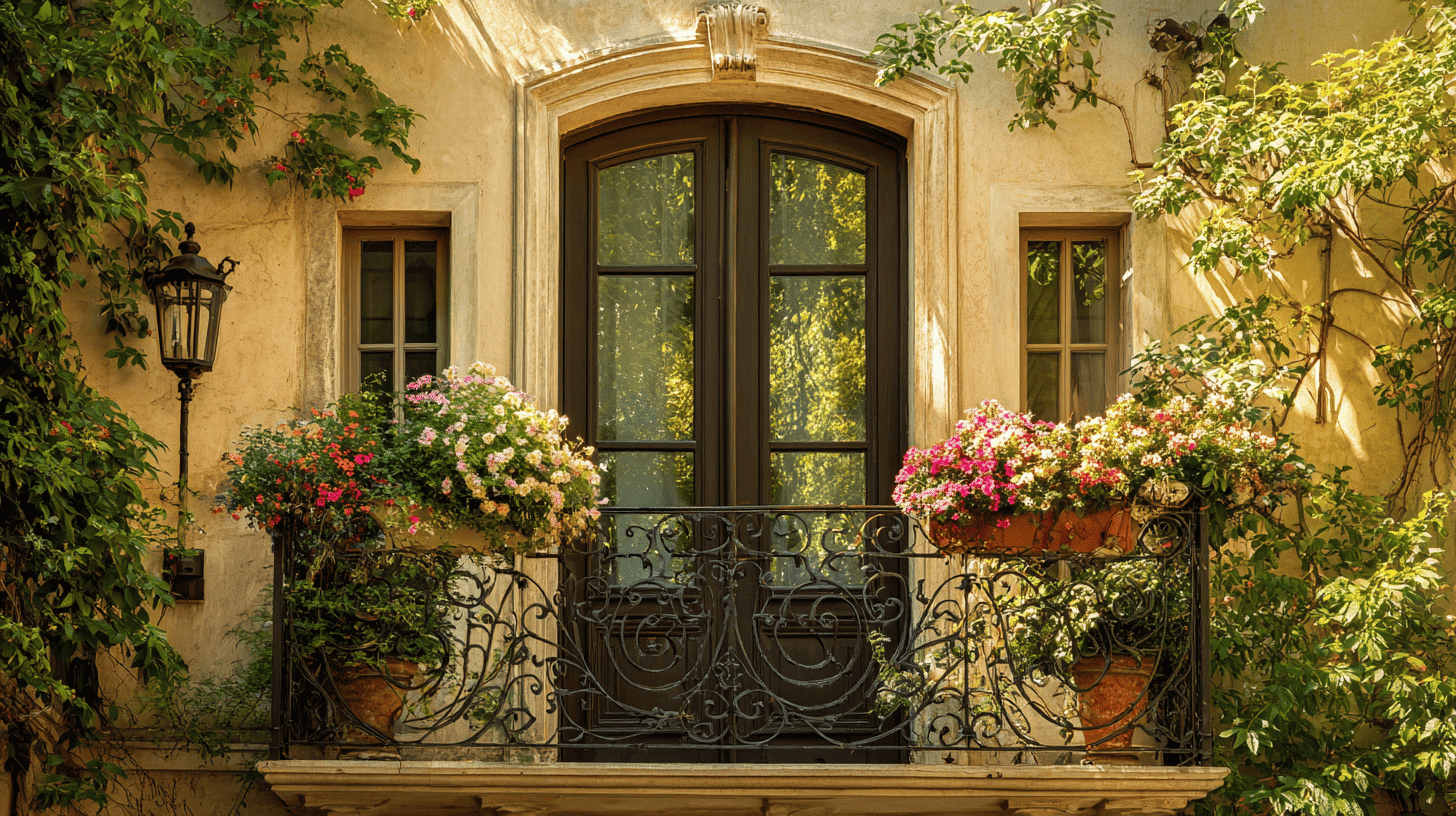
Juliet balconies are shallow and mostly decorative, offering little or no floor space. They act as railings across wide doors or windows, bringing in light and air while adding elegance to a home’s exterior.
Though not functional for seating, they enhance architecture and create a more open indoor atmosphere.
2. Cantilevered Balconies
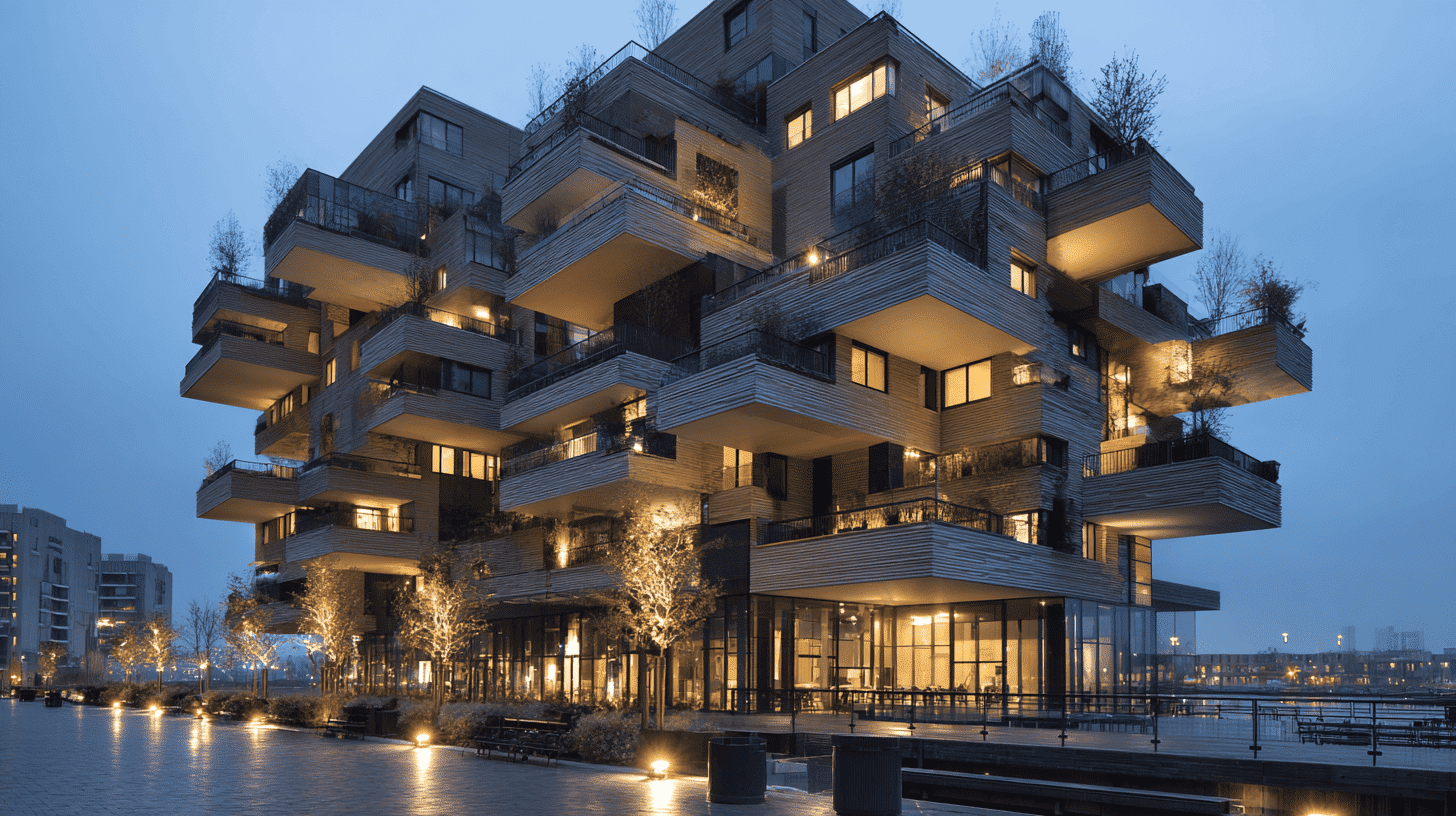
Cantilevered balconies project outward without visible support, creating a sleek “floating” appearance favored in modern homes.
Their bold design highlights clean lines and maximizes outdoor access without bulky structures.
However, they require precise structural engineering for safety and long-term strength, making them stylish yet technically demanding choices for contemporary architecture.
3. Suspended Balconies

Suspended balconies hang gracefully, supported by strong steel rods or cables fixed above. This method creates a visually light, airy effect and a contemporary architectural statement.
Popular in modern designs, they blend aesthetics with functionality, though they demand regular inspections to ensure stability, making them bold yet maintenance-driven balcony types.
4. Stacked Balconies

Stacked balconies are efficient, practical designs often used in multi-story apartments or townhouses.
Built vertically on top of each other, they share structural support, lowering construction costs.
While not unique in appearance, they ensure every level has private outdoor space, making them cost-effective, space-saving solutions for urban residential projects.
5. Mezzanine Balconies

Mezzanine balconies bring outdoor-style appeal indoors, offering raised platforms overlooking a lower room.
Common in lofts or open-plan designs, they add seating, workspace, or visual interest within interiors.
By creating layers of function and design, mezzanine balconies maximize vertical space, making homes feel more open, spacious, and creatively styled.
Terrace vs. Balcony: Key Differences and Similarities
When designing an outdoor space, people often mix up terraces and balconies. They may look alike, but their size, purpose, and location are different. Here’s how terrace works in real estate:
| Feature | Terrace | Balcony |
|---|---|---|
| Definition | A flat, open space on the roof or part of a large building extension. | A small platform that sticks out from the side of a building. |
| Size | Usually large, like an outdoor room. | Small and compact, for light use. |
| Location | Found at roof level or attached to the top of a building. | Directly connected to a room in a house or apartment. |
| Usage | Great for parties, rooftop gardens, or outdoor dining. | Best for private use, like sitting, relaxing, or enjoying fresh air. |
| Design Impact | Adds space and changes the structure of the building. | Makes a single room look nicer and adds character to the home. |
| Safety Needs | Needs strong flooring, walls (parapets), and good drainage. | Needs safe railings, strong support, and to follow weight rules. |
Safety Considerations When Choosing Balcony Types
Safety should guide every balcony decision. Key points include:
- Railing height: Typically, railings should be at least 3.5 to 4 feet tall to prevent falls.
- Material strength: Metal and reinforced concrete last longer than untreated wood.
- Load bearing: Balconies must be engineered to support the intended weight, whether for seating, plants, or gatherings.
- Child and pet safety: Narrow gaps between rails, secure locks, and smooth edges prevent accidents.
- Code compliance: Always check local building regulations before installation or remodeling.
Too often, people focus on aesthetics but forget these safety essentials. Avoiding shortcuts ensures that beauty and safety can coexist.
Maintenance Tips to Keep Balconies Safe and Stylish
A well-maintained balcony doesn’t just look nice, it lasts longer and stays safer.
- Check railings, floors, and supports yearly for cracks or weakness.
- Seal wood, treat metals to prevent rust, and inspect joints after heavy rains.
- Sweep off dirt, leaves, and moisture regularly. For glass, use safe cleaners to maintain shine without damage.
- Act quickly on loose screws, rust spots, or water pooling to prevent bigger issues.
Maintaining a balcony is like maintaining the rest of your home; small steps prevent major repairs later.
Wrapping it Up
Balconies are special spots where you can relax, grow plants, or just enjoy fresh air. Understanding how balconies and terraces are different helps you make better choices for your home.
From simple Juliet balconies to bigger cantilevered ones, each style has its own benefits. But no matter which type you choose, safety should always come first.
Pay attention to things like railing height, how much weight the balcony can hold, and whether the materials are strong enough for long use.
With good planning and regular care, a balcony can be both safe and beautiful, a cozy outdoor space you’ll enjoy for many years.




